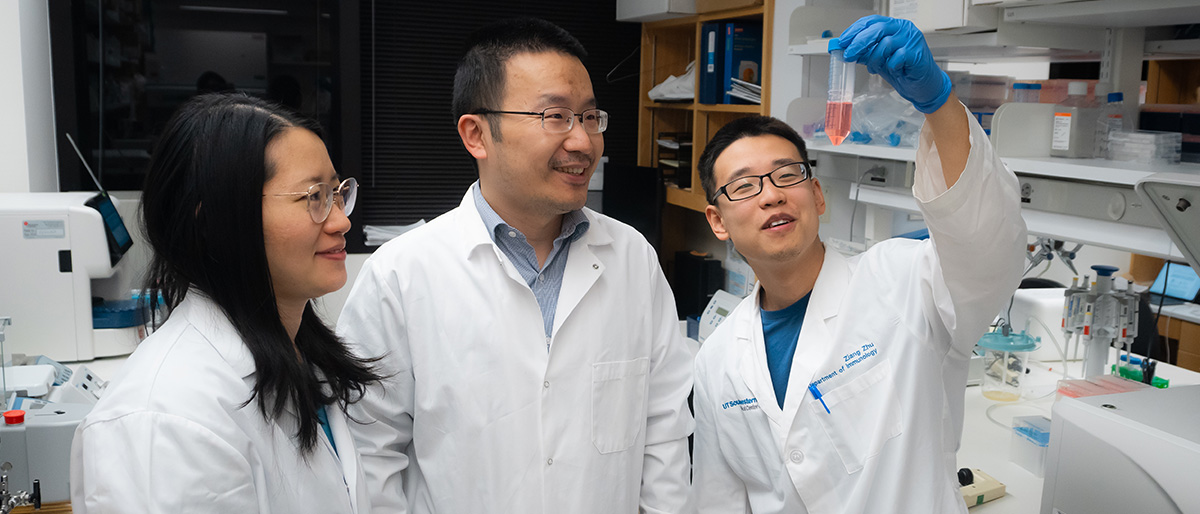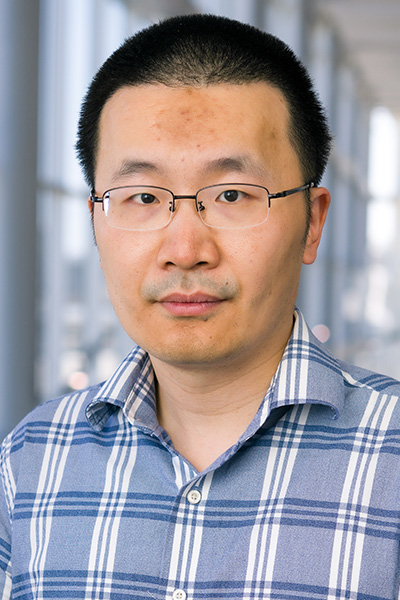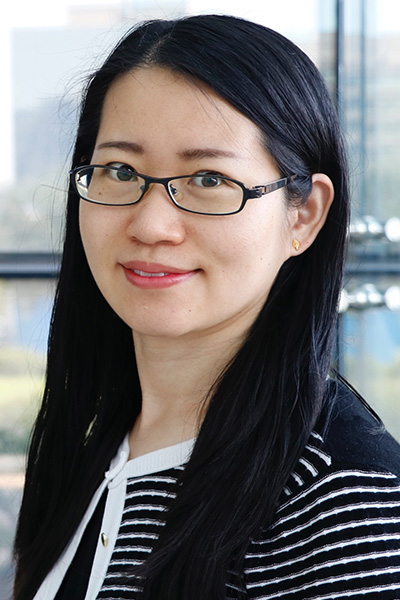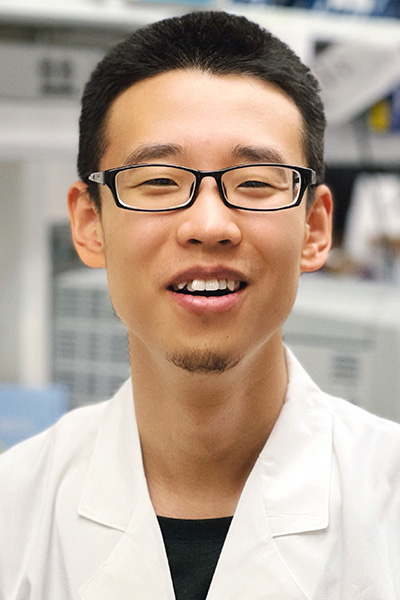Two genes could hold key to preventing CAR-T cell exhaustion

UT Southwestern researchers have identified two genes that appear to be pivotal to maintaining the tumor-fighting ability of chimeric antigen receptor T (CAR-T) cells used in cancer immunotherapy.
The findings, published in Nature Immunology, help explain why these engineered cells are more effective against some cancer types and could lead to new ways to improve their utility. The investigation was headed by Tuoqi Wu, Ph.D., and Chen Yao, Ph.D., Assistant Professors of Immunology and members of the Harold C. Simmons Comprehensive Cancer Center.

“Our study shows that the different behaviors of CAR-T cells in blood cancers versus solid tumors are programmed at the transcriptional and epigenetic levels. Rewriting these molecular programs could one day help develop next-generation CAR-T cell therapies that are more effective in cancer patients,” Dr. Wu said.
CAR-T cells are the epitome of personalized medicine, Drs. Wu and Yao explained, created by engineering a patient’s own T cells – immune cells that fight infections and malignancies – to bear surface proteins that recognize and bind to proteins specific to that patient’s cancer. Consequently, these altered T cells launch a tailored immune attack against tumor cells while sparing healthy ones.
Since 2017, the Food and Drug Administration has approved six different CAR-T cell therapies. Each of these is targeted toward blood cancers, such as leukemias and lymphomas. That is because CAR-T cells’ performance against solid tumors has been lackluster, largely due to a phenomenon called T-cell exhaustion in which these cells quickly become dysfunctional after being administered to patients, losing their cancer-fighting ability. The molecular mechanisms behind T-cell exhaustion have been unknown.
To explore this phenomenon, scientists in the Wu and Yao Labs generated CAR-T cells against mouse forms of B-cell acute lymphoblastic leukemia (a blood cancer) and melanoma (a solid tumor), then infused these into mice inoculated with each cancer type. Although CAR-T therapy effectively cleared the leukemia, it did not fully control the melanoma due to T-cell exhaustion.

The researchers then collected CAR-T cells from the mice and studied them with a tool that simultaneously examined their transcriptome (a measure of the mRNA-producing activity of genes) and their epigenome (an assessment of which portions of the genome are accessible for protein binding).
“This new method enables simultaneous measurement of two layers of gene regulation in the same cells, one cell at a time. The information helps us to connect transcription factors – proteins that regulate gene activity to their target genes and identify the gene networks controlling CAR-T cells with different levels of functionality,” Dr. Yao explained.
Together, the findings pointed to two genes that functioned differently in the CAR-T cells fighting leukemia and melanoma. Both genes produce transcription factors.
“One of these genes – FOXP1 – appears to regulate a large network of other genes that work together to maintain CAR-T cells in a ‘stemlike’ state, creating a pool of cells that renews T cells that become exhausted. The other gene, KLF2, steers these stemlike cells to become effector cells, T cells that actively battle cancer,” said Ziang Zhu, a graduate student co-mentored by Drs. Wu and Yao and first author on the paper.
CAR-T cells isolated from the mice with leukemia had more activity in both genes compared with those isolated from mice with melanoma.

When the CAR-T cells were genetically manipulated to lack the function of FOXP1, they differentiated into effector cells, losing their stemlike abilities. Eliminating the function of KLF2 prompted effector CAR-T cells to become terminally exhausted.
The researchers speculated that some unknown factor in the cancer microenvironment may alter their activity to limit the efficacy of CAR-T cells in solid tumors. They added that learning how to reprogram the actions of these genes and others could eventually lead to ways to avoid CAR-T cell exhaustion in solid tumors and ultimately make this therapy more effective for solid and blood cancers alike.
This study was funded by grants from the National Institutes of Health, the V Foundation for Cancer Research, the Cancer Research Institute, the Glenn Foundation for Medical Research, the Cancer Prevention and Research Institute of Texas, and the Department of Defense.

